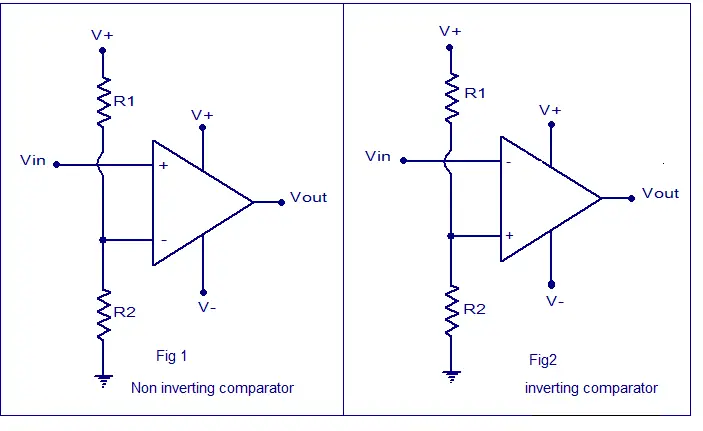I require a circuit that switches an LED on at a pre-set voltage & off again if the voltage falls or rises above this this pre-set value.
I thought of using a peak detector circuit which will switch on at the desired value & off again if it falls below this value but I am not sure if this can be configured to go off again if the value rises above the pre-set value?
I would like the circuit to work in a very narrow band & to be fairly precise.
Could someone advise me as to what circuit I require to achieve this?
Basically I am using a differential pressure sensor connected to an instrument amplifier circuit & I want to switch the LED on at the pre-set Pressure & off if the Pressure is above or below this value.
Cheers
I thought of using a peak detector circuit which will switch on at the desired value & off again if it falls below this value but I am not sure if this can be configured to go off again if the value rises above the pre-set value?
I would like the circuit to work in a very narrow band & to be fairly precise.
Could someone advise me as to what circuit I require to achieve this?
Basically I am using a differential pressure sensor connected to an instrument amplifier circuit & I want to switch the LED on at the pre-set Pressure & off if the Pressure is above or below this value.
Cheers

